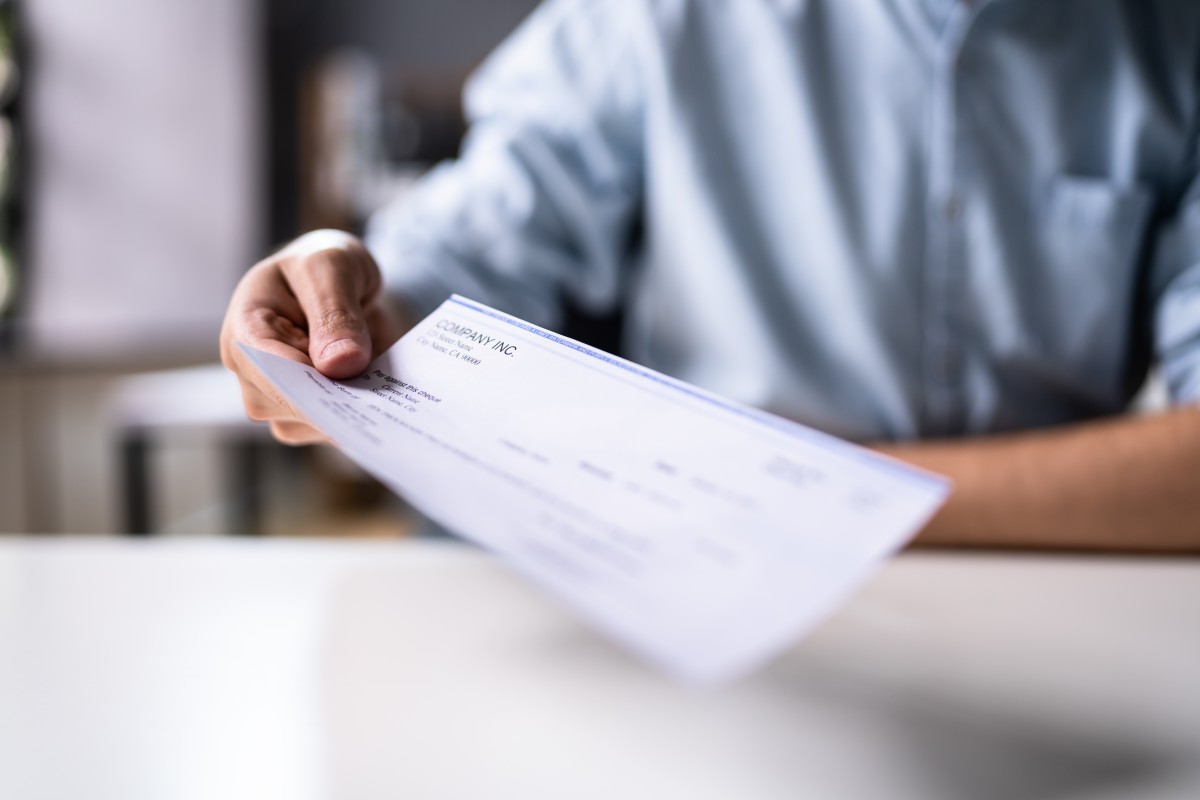
TheStreet aims to feature only the best products and services. If you buy something via one of our links, we may earn a commission.
Overdraft fees are among the most common and expensive charges paid by banking consumers. According to the Consumer Financial Protection Bureau, banks collected more than $5.8 billion in overdraft and non-sufficient funds (NSF) fees in 2023.
Financial regulators have scrutinized overdraft fees more closely in recent years, and some banks have eliminated them entirely. However, many consumers are still susceptible to these hefty fees. The average overdraft fee at the 10 largest U.S. retail banks by deposits was $32.75 as of September, according to the Federal Deposit Insurance Corporation (FDIC).
💰💸 Don’t miss the move: SIGN UP for TheStreet’s FREE Daily newsletter 💰💸
Four ways to avoid overdraft fees
Personal finance experts recommend these four strategies for minimizing the chance that you’ll be zinged with an overdraft fee:
Choose a checkless bank account
Paper checks are often written and forgotten about, which leads to overdrawn accounts when consumers don’t keep enough funds to cover those checks. More banks now offer checkless bank accounts to minimize such occurrences. Even better, more banks have eliminated overdraft fees on such accounts.
Related: JPMorgan Chase, Bank of America crack down on toxic workplace trend
Consumers can still use a bank’s online bill payment service to send paper checks to payees. The safeguard with the service is that the funds are deducted from the account balance immediately to cover the check payment.
DON'T MISS: Important banking information you need to know
• How to Use Overdraft Lines of Credit to Lower Fees
• What is Overdraft Protection and How Does it Work?
• Pending Balance vs. Available Balance: Which Amount is Most Accurate?
Opt out of overdraft coverage
By law, banks must obtain consent from the consumer to cover debit card transactions at ATMs or merchants that will result in an overdraft. If you do not opt in, these transactions will be declined.
Many consumers may have opted in upon account opening without much thought to it. You can contact your bank to opt out again. Consumers need to be prepared, however, for the inconvenience in the event of a financial emergency.
Also, written checks can still lead to overdrawn accounts even if you’ve opted out.
Set up account alerts
Banks allow customers to configure and customize account alerts to notify them of different events occurring with their accounts. For example, you can set up an account alert for a low balance of $200 or less. When your balance falls below $200, the bank might notify you via text message, phone call, email, or mobile app alert.
Maintain a check register
While check registers appear archaic in an age of digital banking, they can still come in handy for people who are writing checks regularly.
DON'T MISS: More from TheStreet on personal finance
- How your mortgage is key to early retirement
- Dave Ramsey bluntly speaks on interest rates and mortgages
- The average American faces one major 401(k) retirement dilemma
A check register is simply a paper record of the transactions in your checking account. Most checkbooks come with check registers, but some consumers may use digital tools or personal financial management platforms to balance their accounts.
With a check register, you have a record of the true balance of your account because you should be deducting the amount in written checks immediately from the account balance.

Shutterstock
If all else fails….
Depending on the bank and the account, you may have some time before an overdraft fee is applied to your account. Many banks will not impose the fee until the end of the day (the exact time varies by bank). Some banks will provide a 24-hour grace period before the fee hits your account.
So, if you catch the overdraft early, you can make the effort to replenish your account funds as soon as possible to avoid the overdraft fee.
Related: Veteran fund manager sees world of pain coming for stocks







